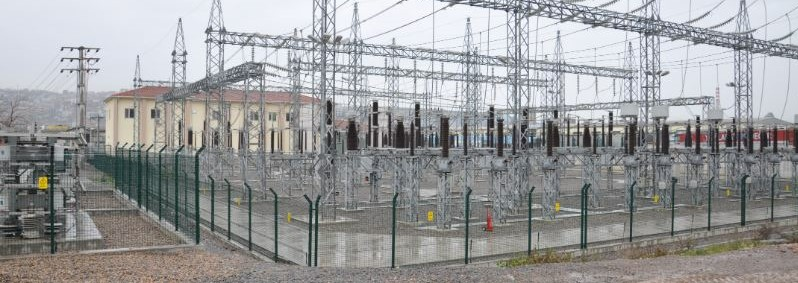
The tender, financed through a loan from the International Bank for Reconstruction and Development (World Bank), was executed in two Lots and awarded under our commitment to the Turkish Prysmian – Prysmian Powerlink DB.KAB.19 Joint Venture with the contract signed on 25/06/2021.
The submarine cable projects, each planned as a double circuit with a nominal capacity of 1000 MW per circuit, have the following construction durations:
The projects were targeted to be completed within 25–26 months. The provisional acceptance for Lot1 was completed on 21.12.2023, and for Lot2 on 29.11.2024.
In previous years, two similar double circuit submarine cable projects constructed in the Çanakkale Strait enabled the integration of regional wind power plants into the grid. The electricity generated by these plants was transmitted to the Gallipoli Peninsula and from there to Istanbul, where industrial and residential demand is high.
Considering the region’s high wind potential, these projects are of great importance for:
These projects are significant and critical investments in the integration of renewable energy into the national electricity system. They will contribute to reducing/preventing greenhouse gas emissions from fossil fuel-based electricity generation, especially lignite, and support the country’s climate action agenda by increasing green energy production.